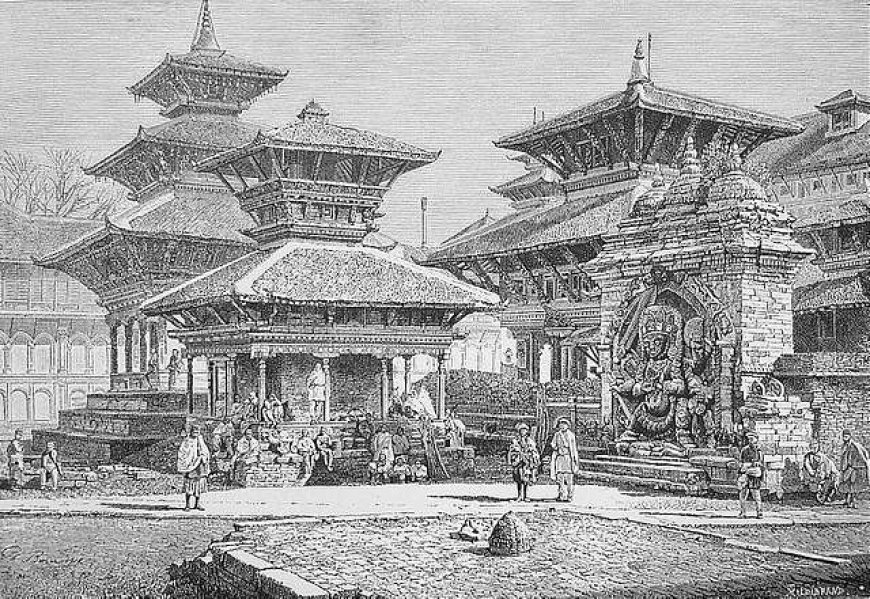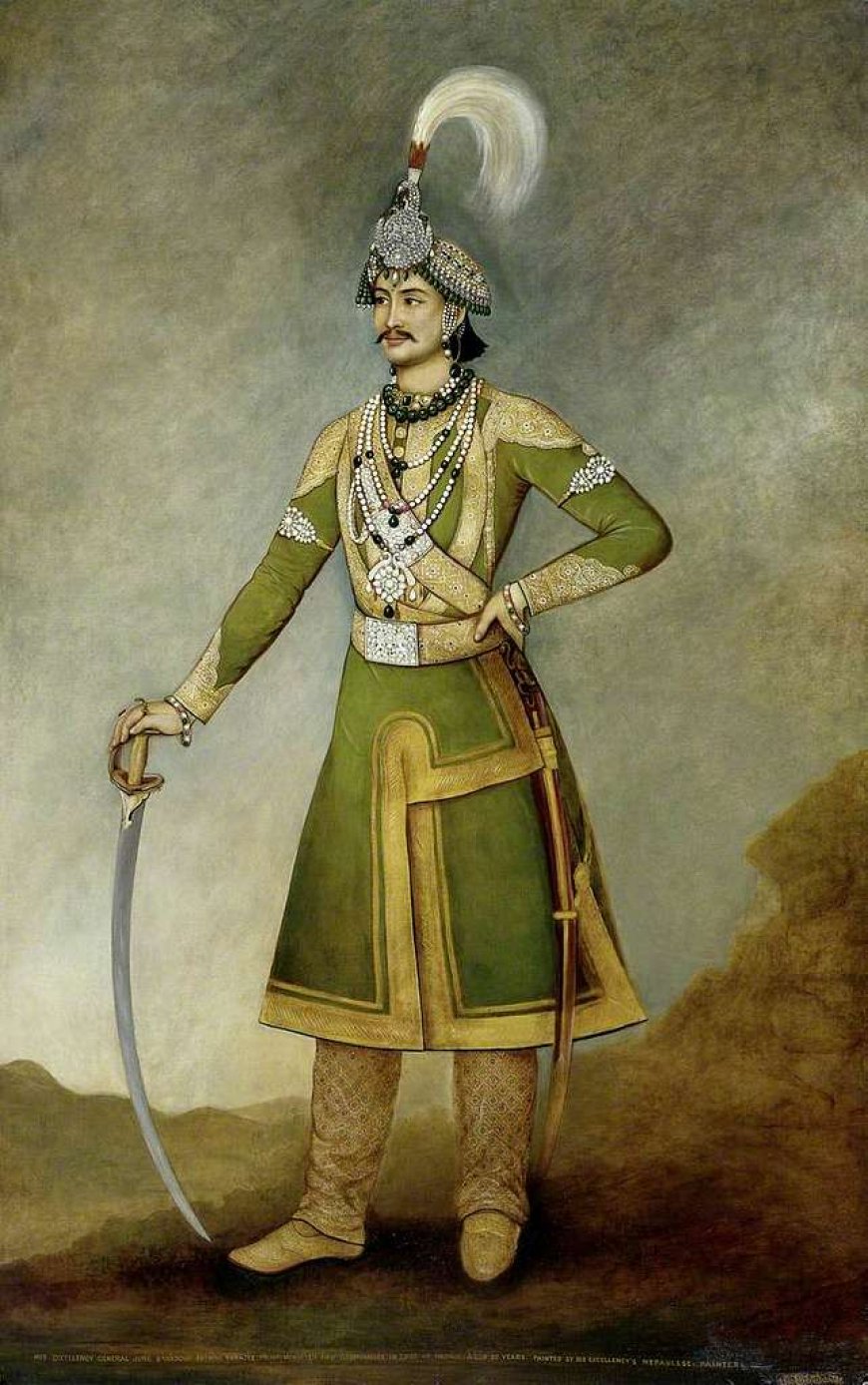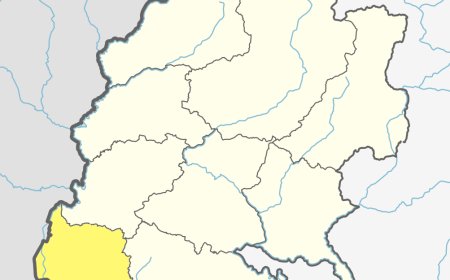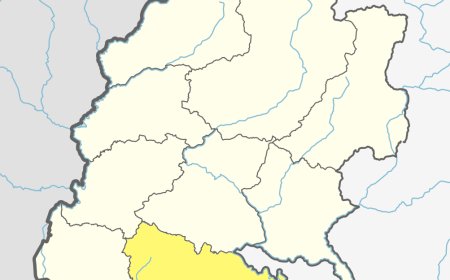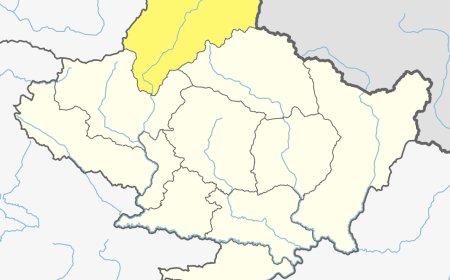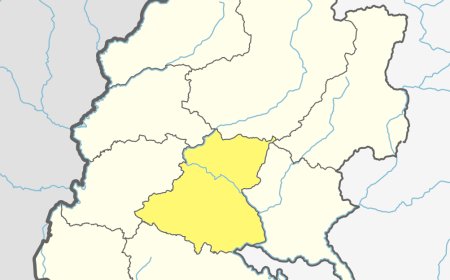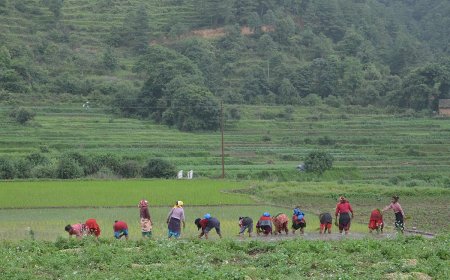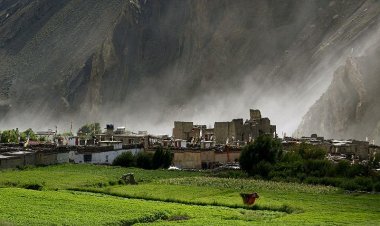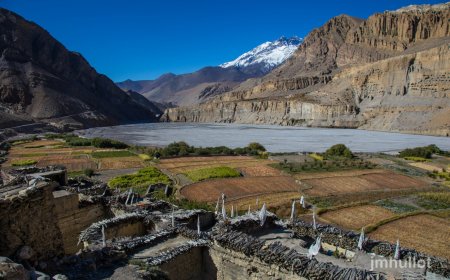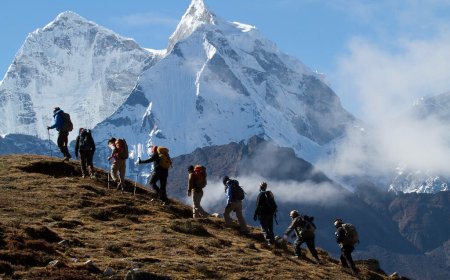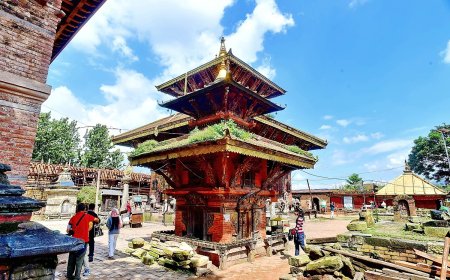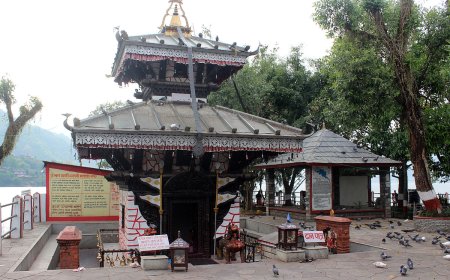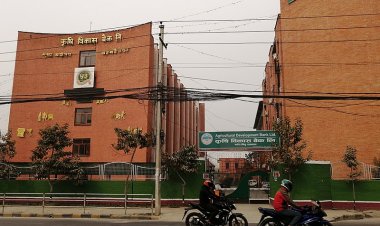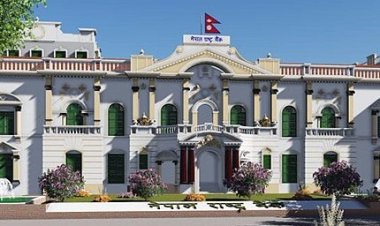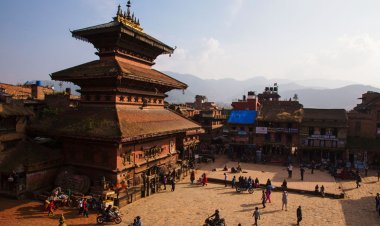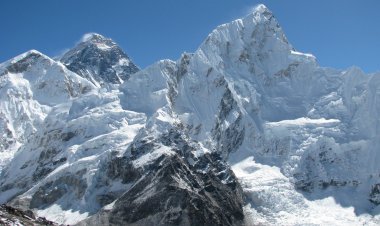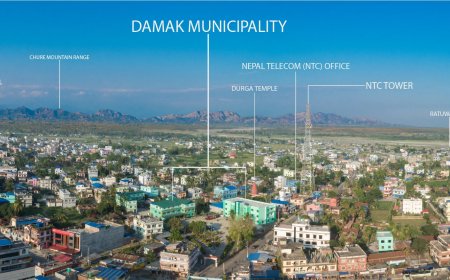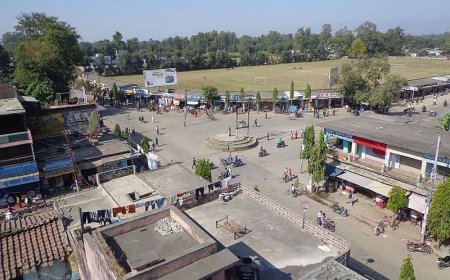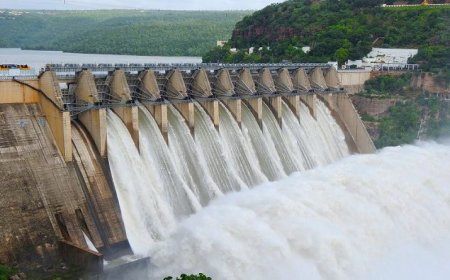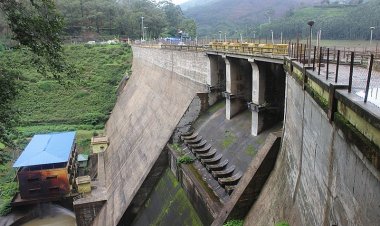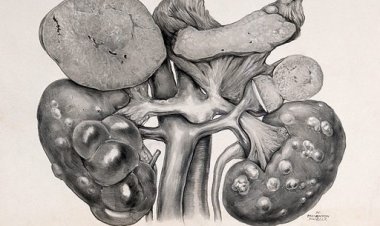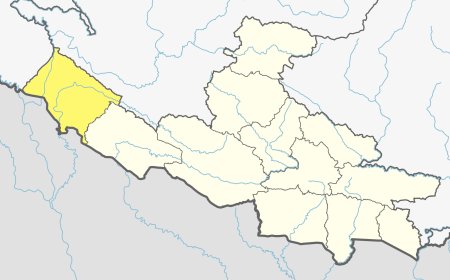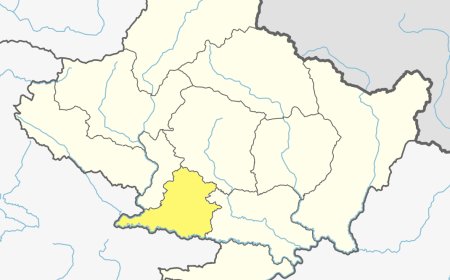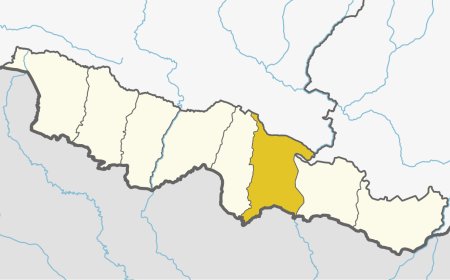Rana Regime in Nepal a pivotal period in the country history, distinguished by autocratic rule, political manipulation, and profound social transformation. It was a time when power was concentrated in the hands of the Rana family, sidelining the monarchy and depriving ordinary citizens of political rights. While the Rana Regime brought some modernization to Nepal, it is often remembered for its repressive governance and the eventual rise of democratic aspirations among the people.
Origins
Rana Regime began with the Kot Massacre of 1846, a violent political coup plan by Jung Bahadur Rana. The event eliminated rival factions in the royal court, allowing Jung Bahadur to consolidate power and establish himself as the Prime Minister of Nepal. He not only secured lifetime tenure but also declared the position of prime minister hereditary within the Rana family, effectively sidelining the monarchy and turning it into a ceremonial institution.
Under the Rana system, the Shah kings were reduced to figureheads, while the real power lay with the prime minister and his family. The regime adopted a feudal and hierarchical system, ensuring that the Ranas controlled the political, economic, and social spheres of Nepal.
Features
The Rana Regime was defined by its authoritarian governance and centralized control. Key characteristics of this period include:
-
Absolute Power of the Rana Family:
The Ranas controlled all aspects of governance, including the military, judiciary, and administration. Other families and common citizens were excluded from decision-making processes.
-
Suppression of Political Freedom:
Political parties, civil liberties, and freedom of speech were strictly prohibited during the Rana Regime. Any form of dissent was met with harsh punishments, including imprisonment or exile.
-
Economic Exploitation:
The regime implemented a feudal economic system where land ownership was concentrated among the Ranas and their allies. Common farmers and laborers were heavily taxed and lived in poverty.
-
Focus on Family Interests:
The Ranas prioritized their family’s wealth and status over national development. Most government policies were designed to benefit the ruling elite.
-
Isolationist Foreign Policy:
The Ranas maintained Nepal’s isolation from the outside world, restricting trade and interaction with foreign nations. However, they maintained strong ties with the British Empire, ensuring Nepal’s independence while aligning with British interests in the region.
Achievements
Despite its oppressive nature, the Rana Regime introduced several reforms that modernized Nepal:
-
Infrastructure Development:
The Ranas constructed palaces, administrative buildings, and roads, many of which remain landmarks in Nepal today.
-
Establishment of Education:
The regime introduced Western-style education, although access was limited to the ruling elite. Institutions like Durbar High School, Nepal’s first school, were established during this period.
-
Codification of Laws:
Jung Bahadur Rana introduced the Muluki Ain in 1854, Nepal’s first legal code, which standardized laws across the country.
Downfall
By the mid-20th century, dissatisfaction with the Rana Regime began to grow. Key factors contributing to its downfall include:
-
Rising Political Awareness:
Nepali intellectuals and leaders, inspired by India’s independence movement and global democratic ideals, began to oppose Rana rule.
-
Economic Inequality:
The concentration of wealth and power among the Ranas exacerbated social and economic disparities, fueling resentment among the masses.
-
World War II and Global Change:
The post-war world saw a decline in colonial powers like Britain, weakening the Ranas’ external support.
-
The Role of King Tribhuvan:
In 1950, King Tribhuvan allied with the Nepali Congress Party and launched a revolution to overthrow the Ranas. The revolution gained popular support, culminating in the fall of the Rana Regime in 1951.
Legacy of the Rana
The Rana Regime left a complex legacy. On one hand, it introduced modernization through infrastructure and legal reforms. On the other hand, it entrenched social and economic inequalities and stifled political progress for over a century.
The fall of the Rana in 1951 marked the beginning of a new era in Nepal, characterized by a constitutional monarchy and a gradual transition toward democracy. The revolution that ended the regime remains a pivotal moment in Nepal’s history, inspiring future movements for freedom and equality.
Learn more about pn
Frequently Asked Question (FAQ's)
1. What was the Rana Regime in Nepal?
From (1846–1951) was a period of autocratic rule where power was concentrated in the hands of the Rana family, sidelining the monarchy and suppressing political freedoms.
2. Who established the Rana Regime in Nepal?
The Rana Regime was established by Jung Bahadur Rana after the Kot Massacre of 1846, which allowed him to consolidate power as the hereditary prime minister of Nepal.
3. What were the main features of the Rana?
The regime was characterized by absolute power for the Rana family, suppression of political freedoms, economic exploitation, and isolationist foreign policies.
4. What were the achievements of the Rana?
The Ranas introduced infrastructure development, Western-style education, and Nepal’s first legal code, the Muluki Ain.
5. What led to the fall of the Rana?
The Rana Regime fell in 1951 due to rising political awareness, economic inequality, global changes after World War II, and the alliance between King Tribhuvan and pro-democracy forces.
